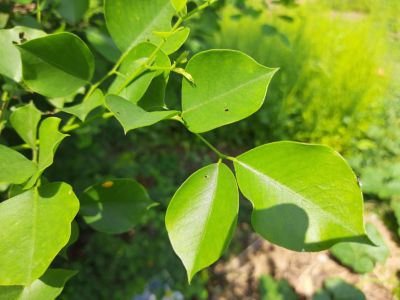What are Sissoo Trees?
Also called rosewood trees, sissoos are grown in their native areas of India, Nepal and Pakistan as an important source of high-quality lumber that is used for making fine furniture and cabinetry. In India, it is second only to teak in economic importance. In the U.S. it is grown as a landscape tree. Sissoo trees are considered invasive in Florida and should be planted there with caution.
Sissoo Tree Information
Young and newly planted trees die when exposed to temperatures below 28 F. (-2 C.), and older trees can sustain serious damage at freezing temperatures. The trees are rated for USDA plant hardiness zones 10 and 11. Sissoo trees bloom in spring with small clusters or flowers at the tips of the branches. These flowers would hardly be noticed if it weren’t for their powerful fragrance. Once the flowers fade, slender, flat, brown seed pods develop and remain on the tree throughout the summer and most of the fall. New trees grow quickly from the ripe seeds inside the pods.
How to Grow a Sissoo Tree
Sissoo trees need full sun or partial shade, and will grow well in almost any well-drained soil. They need deep irrigation on a regular basis in order to develop a dense canopy. Otherwise, Dalbergia sissoo trees produce sparse shade. These trees develop iron chlorosis, or yellowing leaves, due to lack of iron uptake in alkaline soils. You can treat this condition with iron chelate and magnesium sulfate fertilizers. Citrus fertilizer is an excellent choice for routine fertilization. Although sissoo tree care is easy, it has a couple of drawbacks that add to your routine landscape care. The tree develops thick surface roots that make mowing the lawn a challenge. These roots can lift pavements and foundations if planted too close. Sissoo trees also produce a lot of litter. The branches and twigs are brittle and often break off, creating a mess to cleanup. You will also have to clean up falling seed pods in autumn.
